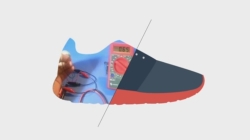Walking for you, me and our future selves
– the Walk Metro Vancouver Society
Walk Metro Vancouver’s Focus
In 2015 Walk Metro Vancouver’s focus is on the importance of walkability for all ages. We want to hear from seniors’ groups in Metro Vancouver and have discussions on walkability-what is your experience, what your neighbourhood is like, and how we can assist you in enhancing your walkable places.
Walk Metro Vancouver recognizes that as seniors are encouraged to “age in place” and stay in their own homes longer, the ability to walk comfortably for connections and services is very vital.
For seniors to stay in their existing residences, walkable environments are essential to access services and shopping, and to happily participate in community life. A major study in Australia discovered that as seniors age, their reliance on walking as the major form of transportation markedly increases. Seniors in the study willingly walk up to one kilometer to access shops and services. Surprisingly young people also identify the one kilometer distance as the maximum distance for foot travel. For the most elderly, a fall on a sidewalk can result in an increased chance of death within six months-all the more reason to concentrate now on creating policies, plans and projects for the best universally walkable places now.
If streets and sidewalks and services are developed and designed for seniors, universal accessibility is achieved for everyone- from the baby in the buggy to the budding older boomer. The walking environment designed for seniors is also seamless for the young and for the disabled. Developing parameters and policy supportive of good walking environments for seniors embraces universal design for everyone no matter what age or walking ability.
Emerging housing policy for seniors is now emphasizing the importance of aging in place safely, comfortably and independently. The Seniors Advocate of British Columbia emphasizes that “Assisted Living” facilities will have a wider definition, and be descriptive of independent seniors housing, located close to shops and services. Walking is taking on a new role, that of an important transportation mode.
Statistics Canada has found that 28 per cent of seniors driving vehicles have a diagnosed dementia illness. A similar percentage are driving with limited mobility.
As more rigorous driving restrictions are enforced, independence can be maintained with walkable, workable networks.
Walking also lowers the incidence of over 41 diseases, increases physical fitness, enhances sociability, contributes to neighbourhood life, and strengthens community services. For seniors, the new “blue gym” is that easy walk outside in their neighbourhood.
How can we help?
We want to hear from you and learn with you what you need in your neighbourhood to adapt walking places to be safe, comfortable and convenient.
We can assist you in learning about the best practices for walkability, the how, what, why, and who, and help you with walkability audits and issue identification.
Many municipalities are embracing the World Health Organization’s Age Friendy City designation, which rewards cities that strengthen seniors’ policies addressing housing, transportation, outdoor spaces and buildings, community support and health, communication, civic participation and enjoyment, respect and social inclusion, and lastly social participation. All of these things need strong policy and projects around walkability to be achieved.
At Walk Metro Vancouver, we think universal walkability is vital, and we believe seniors can provide strong direction for the shape of our sidewalks and spaces.
Let us know what you think.
Please call Walk Metro Vancouver at 604 719 9412 anytime, or email.
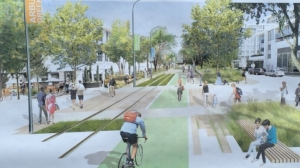 VANCOUVER (NEWS 1130) – The City of Vancouver and CP Rail have reached an agreement on the Arbutus Corridor lands.
VANCOUVER (NEWS 1130) – The City of Vancouver and CP Rail have reached an agreement on the Arbutus Corridor lands.

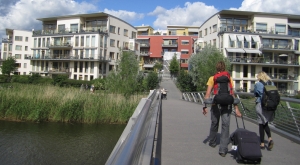
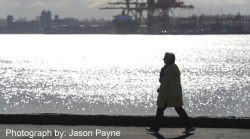
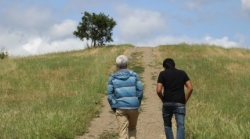
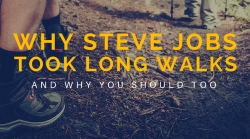
![Walk [Your City] : Make directional signage for walking and biking](http://www.walkmetrovan.ca/wp-content/uploads/2015/02/Walk-Your-City.jpg)

